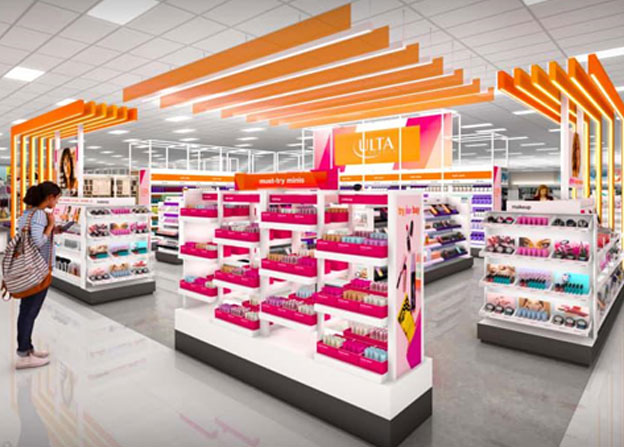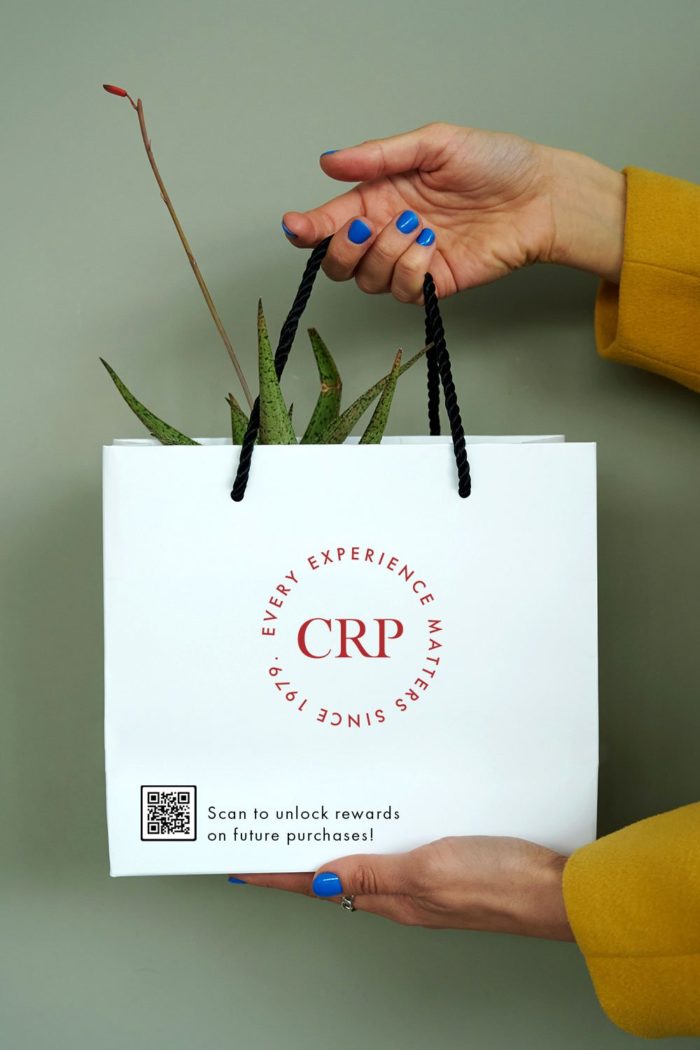
Omni-Retail Strategies & Packaging Tips
It’s no surprise that customers are ready to spend after a year of lockdowns and uncertainty. Despite a massive surge in spending, however, a report on 2021 consumer behavior shows that brand loyalty is at an all-time low, with 25% of consumers switching brands more often than ever before. And because customer acquisition costs are high, you need to convince customers to return to your site or storefront time and again to recoup your investment. Repeat purchasers spend more and generate larger transactions. According to Bain & Co., “in apparel, a shopper’s fifth purchase was 40 percent larger than the first, and the tenth purchase was nearly 80 percent larger than the first.”
But traditional storefronts or online models are not enough on their own. Retailers are taking cues from post-pandemic consumer profiles to engage shoppers at all levels – from digital to brick & mortar.
The endgame is not just about customer engagement; it’s aimed at customer retention.
Enter the “omni-retail” model – one that takes a hybrid approach to customer engagement. To make it work, retailers are starting with hyper-targeted e-marketing strategies that lead customers seamlessly from their screens into immersive store experiences. In theory, this approach sounds simple, but it comes with its fair share of challenges – especially for more established brands who are looking to evolve their business models.
Research by Bold Commerce shows the two top challenges associated with building an omni-retail presence are:
- Providing Convenience
- Crafting Seamless Experiences
Here are a few examples of ways to build an omni-retail strategy that maximizes these two attributes:
THE CONVENIENCE FACTOR:
Now that consumers feel more comfortable to venture out, they are hungry for highly immersive experiences – in the most convenient ways possible. Retailers must work harder than ever to create experiences in places that are most convenient to them: pop-up shops, mini shops, and personal curation services are common models emerging to meet this demand.
A great example is Ulta Beauty’s move to open mini shops within Target, featuring more than 50 high-profile brands for makeup, skin care and hair. This was a win-win for both brands and their customers, as Target looks to provide more convenience to its customer base and Ulta aims to acquire new customers as they return to socializing, traveling, and working at the office.


Another example: Canadian menswear company Harry Rosen has integrated convenience directly into their business model through the creation of a fully curated shopping experience, delivered in-person to their clients. This service, called “Harry By Appointment,” is a personalized virtual or in-store styling option that tailors the shopping experience to the individual.
PACKAGING TRANSLATION...
Omni-retail convenience can be built into your packaging program to create a truly immersive experience across all platforms. One idea is to print a QR code directly on your bags. This could be used to direct customers to download your app, provide feedback, or offer a coupon for future purchases online or in-store.

If you are opening a mini shop or offer tailored product curation, you might consider making the experience even more special by offering a personalized card inside their shopping bag or gift box.

MAKE IT SEAMLESS:
Everything from the rise of mobile gaming to increased demand for curbside pick-up is having an impact on post-pandemic shopping, so it’s safe to say customers expect these digital elements to be incorporated into the retail experience. Shoppers also expect their digital selves to be “seen” in store. For instance, if they’ve engaged with your brand online, information such as their order history and account information should be easily accessible in person.
One way to do this is through shopper personalization. Amazon’s use of its “in-store code” at Whole Foods has bridged this gap very well by linking in-store purchasing behavior to its online ordering system. Customers are incentivized through coupons and discounts to scan their code in-store, which in turn can benefit them online by anticipating future orders and even offering further benefits for subscribing to a monthly purchase plan.

PACKAGING TRANSLATION...
Seamless, omni-retail packaging serves several purposes at once. For instance, Walmart has invested in curbside pick-up bags that fit directly in their blue shopping bins to help both store employees and customers transport their groceries.


You may even consider a mailer with shopping bag handles built in or printed QR codes to assist shoppers with in-store returns for purchases made online.

IN SUMMARY…
Offering convenient and seamless customer experiences means investing in the technology, systems, and packaging that will set you up for omni-retail success. The benefits of customer loyalty are indisputable and will benefit you in the long run.
We’re here to help you achieve your goal to create an experience so memorable, seamless, and convenient that customers will return to your brand again and again.